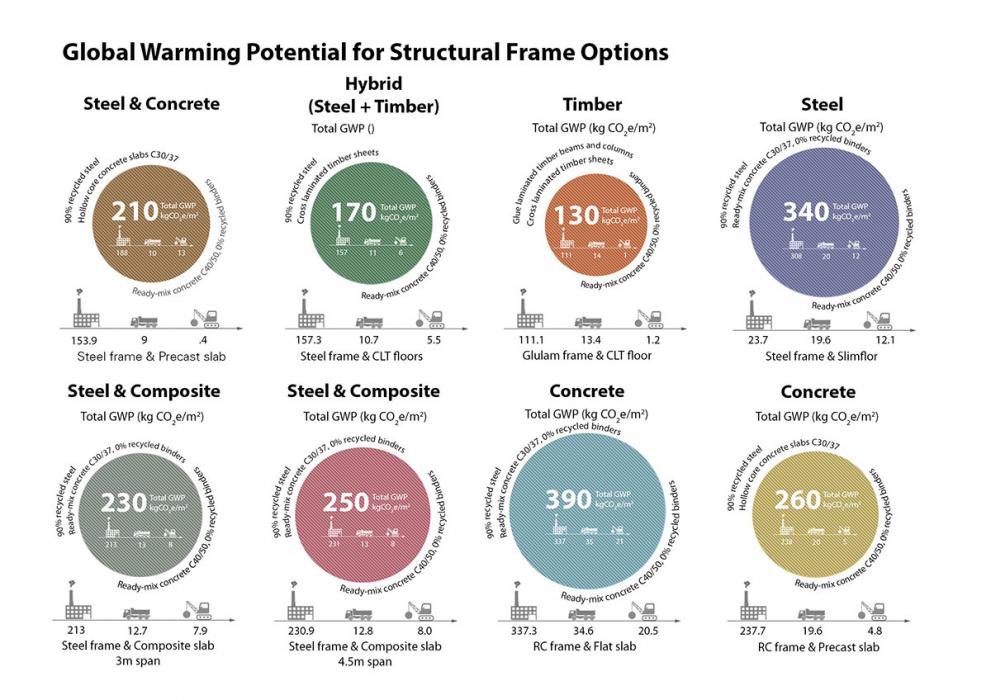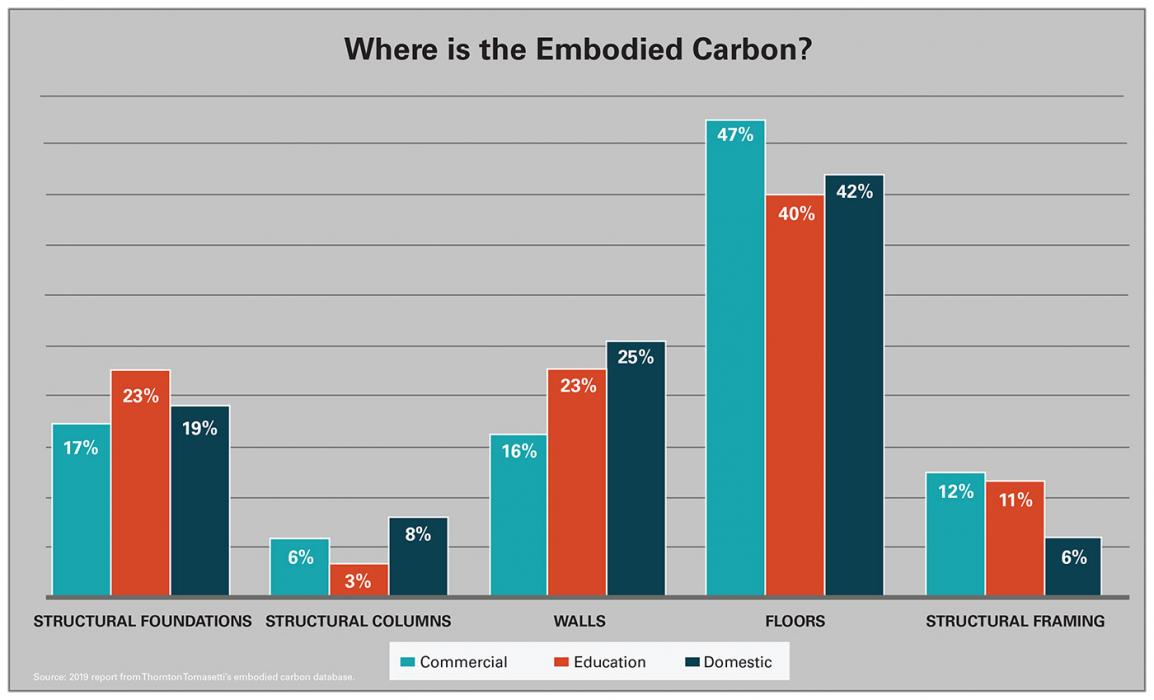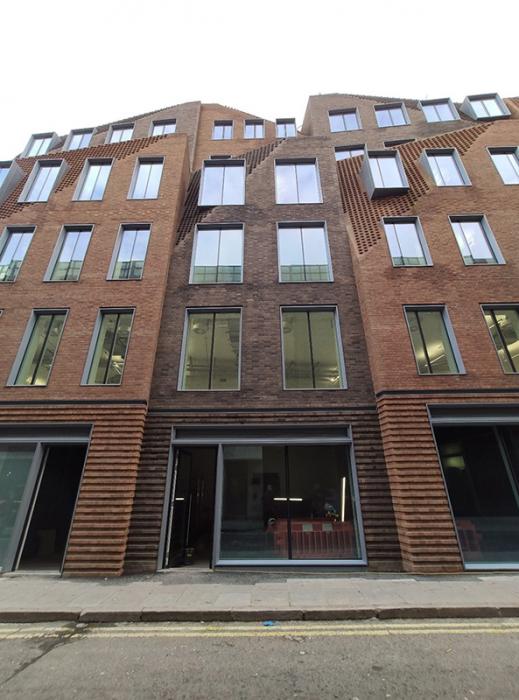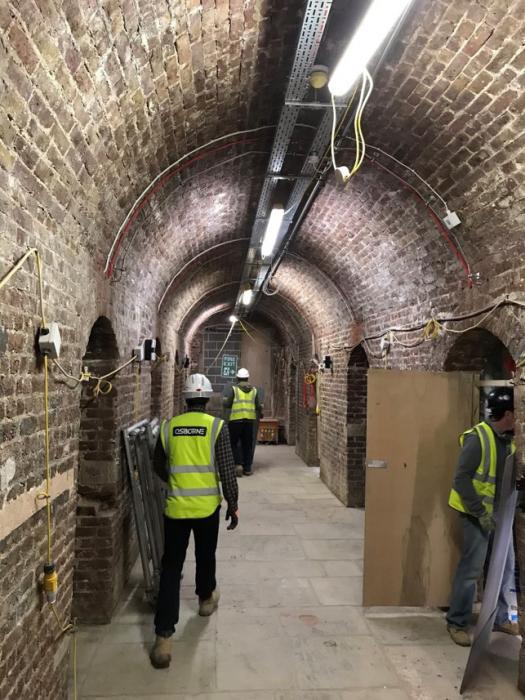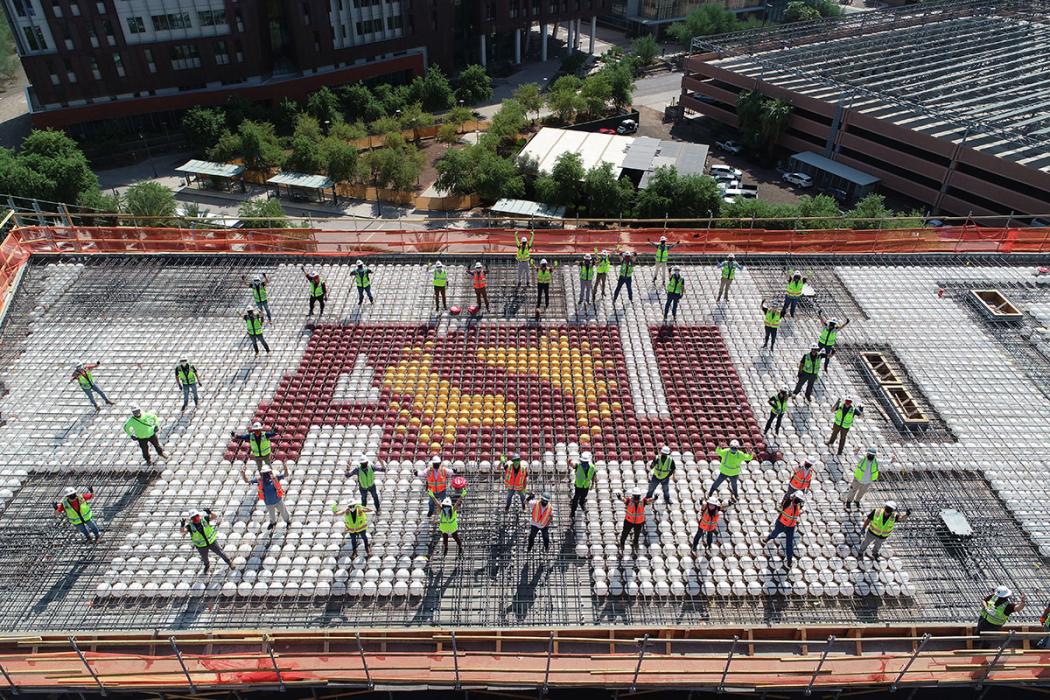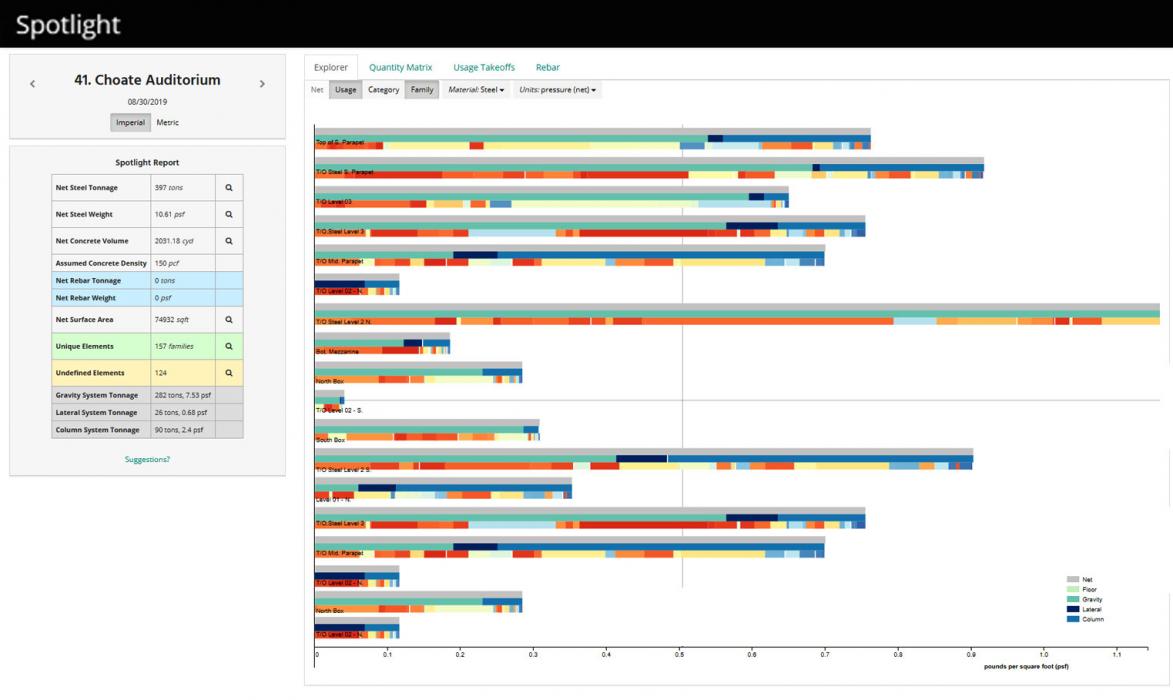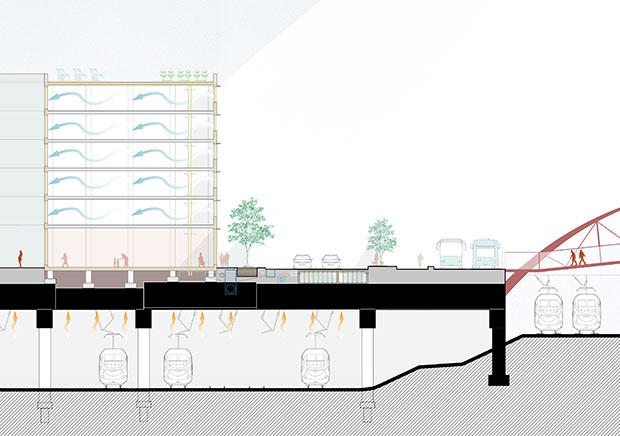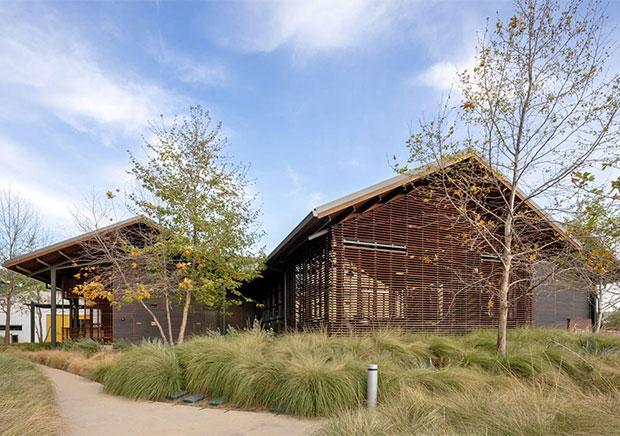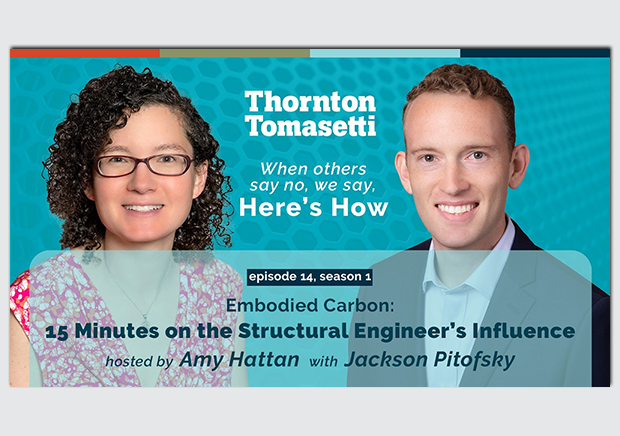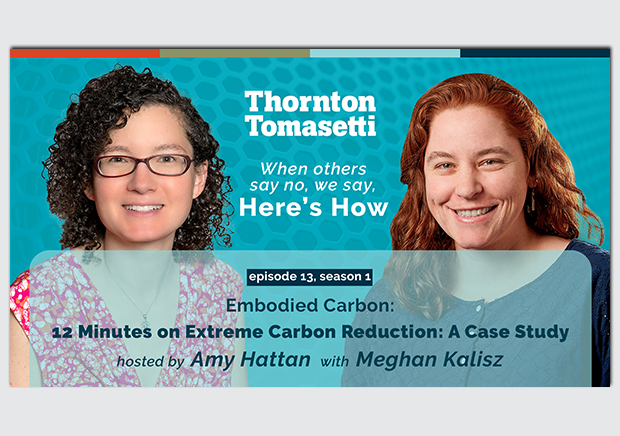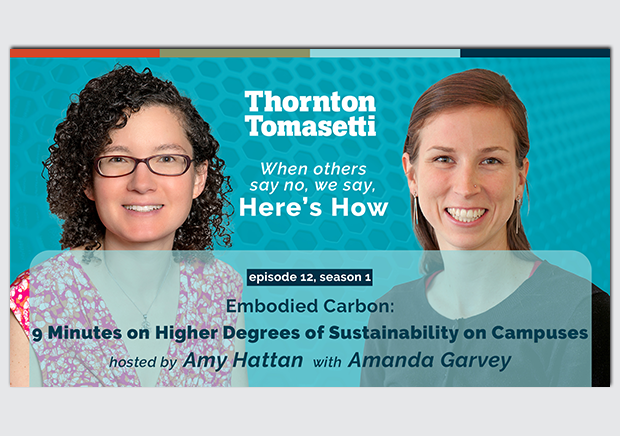Embodied Carbon
We help you make decisions that reduce the life-cycle impact of building materials on climate change – without compromising performance or cost.
Lead Contacts

Reducing embodied carbon in buildings is essential to meeting the goals of the 2015 Paris Agreement and forestalling the most harmful effects of climate change. The design and construction decisions you make on a project can have long-lasting environmental impacts. We can help you make the right choices.
Why Choose Us?
Our understanding of embodied carbon is the best in the business. We began annually assessing the embodied carbon in our structural projects in 2011 and have amassed a database of more than 400 projects. Our research and development efforts, in collaboration with the Carbon Leadership Forum (CLF), have produced a number of important breakthroughs in the field. And with our long history of industry leadership in sustainability, structural engineering and façade engineering, we’re more than qualified to help your organization develop and implement embodied-carbon reduction goals – on both the project and portfolio scales.
- We’ve served as strategic consultant for embodied-carbon reduction for dozens of building projects. Our expertise in this area is widely recognized in industry events and publications.
- Our internal research has allowed us to understand where to find the biggest contributors to embodied carbon on projects and to set our own internal benchmarks by element type.
- We’re innovators. Our software developers create embodied-carbon assessment tools like Beacon, and provided technical advice for the development of the Embodied Carbon in Construction Calculator (EC3) tool.
- We have extensive expertise in life-cycle assessments (LCAs), balancing embodied carbon against operational carbon without compromising architectural intent.
- We’re experts in reducing embodied carbon to help meet the whole-life carbon compliance criteria of green-building ratings systems like LEED, Living Building Challenge, BREEAM, and more.
- We worked with CLF and others to conceive and develop the Structural Engineers 2050 Challenge, which calls on structural engineers to “understand, reduce and ultimately eliminate embodied carbon in their projects by 2050.”
- We help clients navigate low-carbon regulatory changes quickly, like the whole life-cycle carbon assessments in London, the CALGreen regulations in California and LECCLA NJ S-287 regulation in New Jersey, the first U.S. law to incentivize businesses to use low carbon concrete materials on state projects.
- As a founding signatory to the Structural Engineering Institute's SE 2050 Commitment, we've implemented an Embodied Carbon Action Plan to drive our efforts in four areas: education, reporting, reduction and advocacy.
Concrete is the world’s most widely used building material. Cement is a key ingredient in concrete, and its production accounts for about 8% of global carbon emissions every year. Here's how we can reduce the carbon footprint of your project’s concrete
Here’s How We Can Help
We offer a full complement of services to get you started toward a low-carbon future:
- Embodied-carbon calculations, including life-cycle assessment
- Mass timber design
- Structural optimization
- Sustainable design certification consulting
- Custom tool development
- Organizational strategy and consulting
- Low embodied-carbon material consulting
- Client net-zero road-mapping
- Embodied-carbon education
- Multidisciplinary rehabilitation and adaptive-reuse services for existing buildings
Thornton Tomasetti's Embodied Carbon Community of Practice (CoP) grew out of the interest from our internal Carbon Lab which, for 10 years, was collecting information from our projects to quantify embodied carbon. The community grew rapidly and organized into five working groups that strive to achieve the goals of our Embodied Carbon Action Plan.




